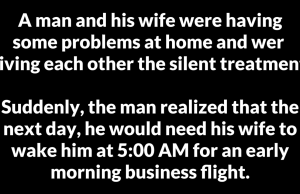
With the return of the sun and the rising temperatures, the urge to dry your laundry outside naturally returns. The scent of clean laundry carried by the breeze seems irresistible. However, behind this bucolic image lies a trap for the millions of people suffering from seasonal allergies. So, shouldn’t we really outdoor drying? The answer might surprise you…
The return of spring, not so sweet for everyone
Every year, starting in March, spring marks the beginning of a long ordeal for those with pollen allergies. Hay fever – or allergic rhinitis – affects nearly a third of the French population. Between sneezing, a runny nose, itchy eyes, and chronic fatigue, this period is anything but restful .
The months of April to September see a succession of different types of pollen: first those from trees, then those from grasses (from May to July), and then those from herbaceous plants until autumn. Suffice it to say that the outdoor air becomes a veritable concentration of allergens.
Why does drying your laundry outside make the symptoms worse?

When you leave your clothes or sheets outside to dry, they act like pollen magnets . The pollen, naturally sticky, attaches itself to the fabric fibers during the hours of exposure.
As a result, once you’re back inside, the pollen invites itself into your home… and onto your skin, hair, and sheets. It’s therefore not surprising to see your symptoms intensify for no apparent reason.
It’s a bit like leaving your laundry in the middle of a flowery field during pollen season , before bringing it back to your room.
Good habits to limit exposure to pollen

Fortunately, there are a few simple steps you can take to limit the damage. Here are the recommendations from environmental health experts:
- Dry your laundry indoors, in a well-ventilated room , or use a clothes dryer .
- Wear sunglasses to protect your eyes from pollen when you are outside.
- Wear a hat or cap to prevent pollen from getting on your hair.
- When you get home, wash your hair, change your clothes and take a shower to remove pollen particles.
- Avoid touching freshly mown lawns or standing near them immediately after mowing.
And what about the treatments?

Unfortunately, there is no miracle cure for hay fever. However, there are treatments that can relieve the symptoms: antihistamines, nasal sprays, and eye drops . But prevention remains your best ally .
Experts emphasize this point: by slightly modifying certain daily habits – such as drying your laundry – you can really improve your quality of life during the risky months.
Adopting a few simple steps can make all the difference for allergy sufferers. Don’t let pollen into your home through your laundry! While you can’t control the outside air, protect your home to better experience spring.
5 mistakes when using washing machine, making clothes dirtier the more you wash them
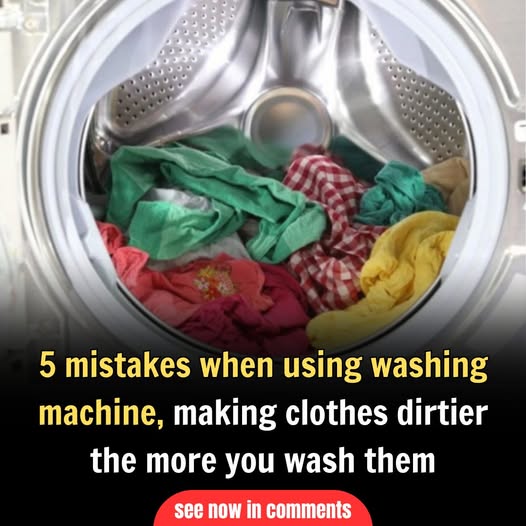
Here are some mistakes when using the washing machine:
1. Do not take out the clothes to dry immediately after washing
Many people don’t hang them to dry right away after washing them but rather leave them for a while, perhaps overnight.
After washing, dry the clothing immediately to ensure that they are flat and free of bacteria.
Because the washed garments are moist, keeping them in the washing machine produces a lot of steam, creating ideal circumstances for germs and mold to flourish.
This not only makes the clothes smell horrible, but it also causes an unpleasant odor in the washer. As a result, after washing, you should take the clothing out to dry right away; do not keep them in the washing machine for too long.
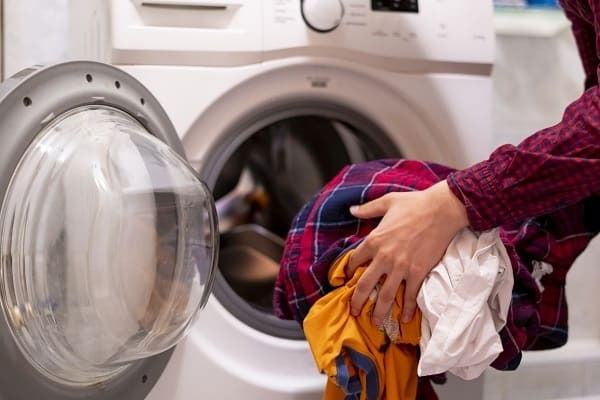
2. Close the washing machine lid immediately after washing and take out the clothes
Experts recommend that after removing the clothing from the washing machine, you open the lid for roughly 2-3 hours before closing it again, especially with horizontal drum washing machines (front doors). The reason for this is that front-loading washing machines include a barrier and rubber gasket to keep water from leaking out while in use.
However, because of this characteristic, any lingering steam and moisture inside the washing machine after the washing cycle is complete will be unable to evaporate and escape. This will promote the growth and development of bacteria and mold, making our garments even dirty.
Furthermore, to avoid dust from entering the washing machine, do not leave the lid open for an extended time. And, for horizontal drum washing machines, opening the lid for too long will restrict the passage, harming the connection between the door and the body of the washing machine.
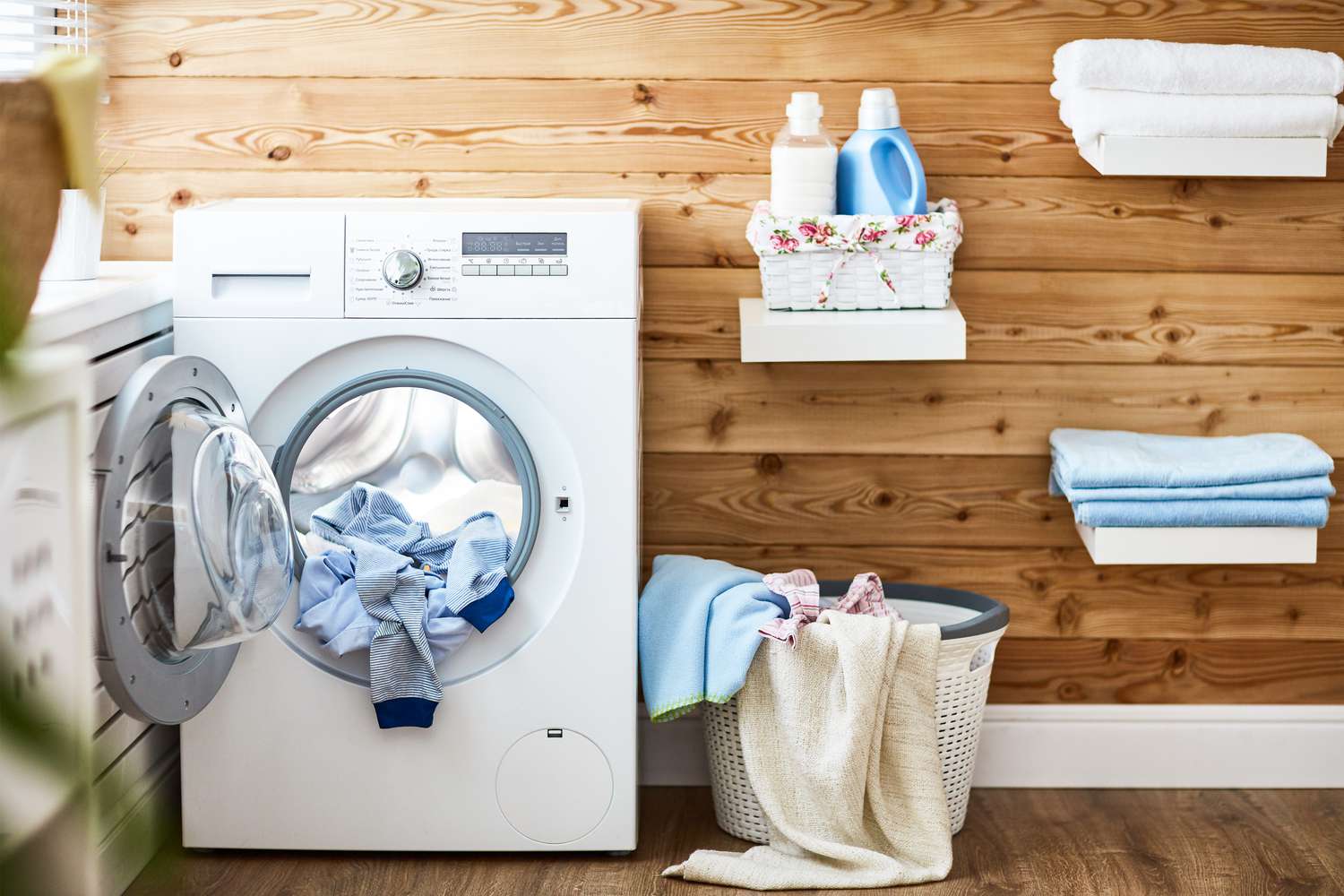
3. Wash underwear with a washing machine
90% of individuals certainly wash their underwear in a washing machine, however, this is a bad habit.
Hand wash your underwear and scrub it thoroughly to remove stains. If possible, wash in warm water and avoid placing it in the washing machine with other garments to prevent bacteria from spreading. After washing, dry it in a cool location or in the sun to disinfect.
4. Wash bedding with cold water
Dust mites thrive in blankets, bed sheets, and pillowcases. Not only that, but they are susceptible to yellow stains caused by dead cells and sweat released by the body.
Washing with cold water will save some power, but it will not adequately remove yellow stains or kill bacteria.
It is preferable to wash them with hot water every two weeks, but be cautious not to use too hot water to avoid deforming the material.
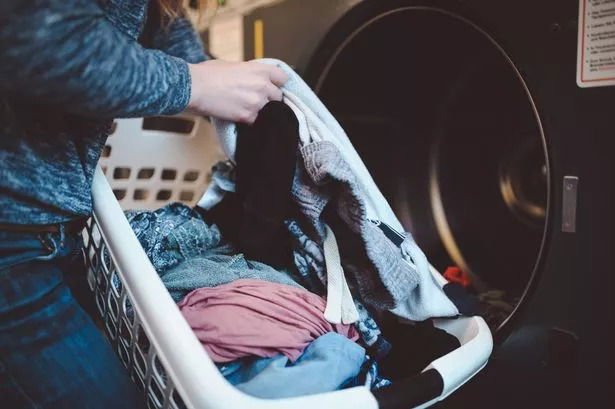
5. Cleaning the washing machine
There are small gaps and holes between the washing drum and the exterior shell of the washing machine that allows water to enter and depart. During the washing process, dirt will adhere to the inside of the washing machine or the corners of the drain pipe via these microscopic gaps and holes, producing bacteria.











